The Ultimate Guide to Winter in Norway
I dreamed of spending winter in Norway for decades. After getting obsessed with Viking culture in recent years, I started doing more research to get closer to actually planning my trip. What I found made my dream trip one that I couldn’t put off any longer—Norway has majestic mountains, World Heritage-registered fjords, incredible wildlife, and world-class sustainable cities.
I was all too excited when I found out I would have the opportunity to not just visit Norway, but more importantly, take my trip during the snowy winter months. I was able to make my dreams a reality thanks to a fantastic collaboration with Visit Norway, Norwegian Airlines, and the Impact Travel Alliance, who invited a handful of creators (me included) to discover the awesome phenomenon of the polar night. So, channeling my inner John Snow, I grabbed my winter gear and a pair of Sorels and set off to explore Oslo, Alta, and the Arctic Circle.
I’ve lived in Southern California for way too long, and have lost my adaptation to be in the cold. Going into this trip, I was worried that I would be miserable in the cold, but I couldn’t have been more wrong. Norway’s beauty, charm (and hot chocolate) quickly warmed me up on the inside even on the coldest of days.
If you’re planning to visit Norway, winter is a breathtaking time to visit. See the northern lights over a snow covered mountain, chase reindeer through the arctic tundra, sled, ski and skate under arctic night, stay in an igloo, and so much more. Here is your ultimate guide to experiencing the best of winter in Norway.
Spending a winter in Norway leaves you open to so many possibilities—form skiing and seeing the northern lights to staying in an igloo, adventure awaits! Disclosure: this post contains affiliate links that help me earn a small commission when you make a purchase. There’s no additional cost for you, but it helps support my blog and business, and I’m deeply grateful for your help in keeping my dream alive!
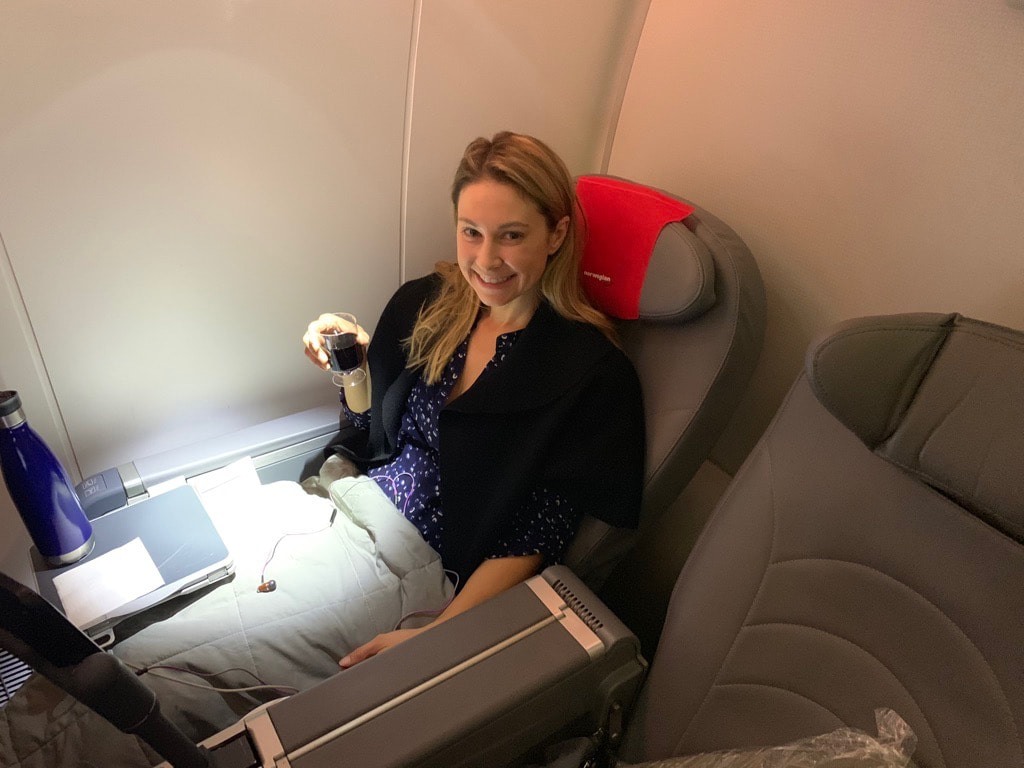
How to Get to Norway
- TIP: Purchase your tickets for FLYTOGET before you depart your destination. They cost about $50 USD Roundtrip.
- INFO: The Norwegian Currency is called the Norwegian Krone (NOK) and is about 0.12 to $1

Things to Do in Oslo in Winter
A great winter in Norway starts in Oslo, where you can experience all kinds of snowy adventures—sledding, skiing, arctic plunges, hot saunas, great shopping and so much more. Voted the Green Capital of the World, getting around Oslo is also a breeze. You will love exploring the cities car free streets, sustainable neighborhoods, and more than 40 museums under a blanket of snow.
I wasn’t in Oslo for long so I got right to exploring, starting with a visit to a Fjord Sauna for a refreshing arctic plunge.
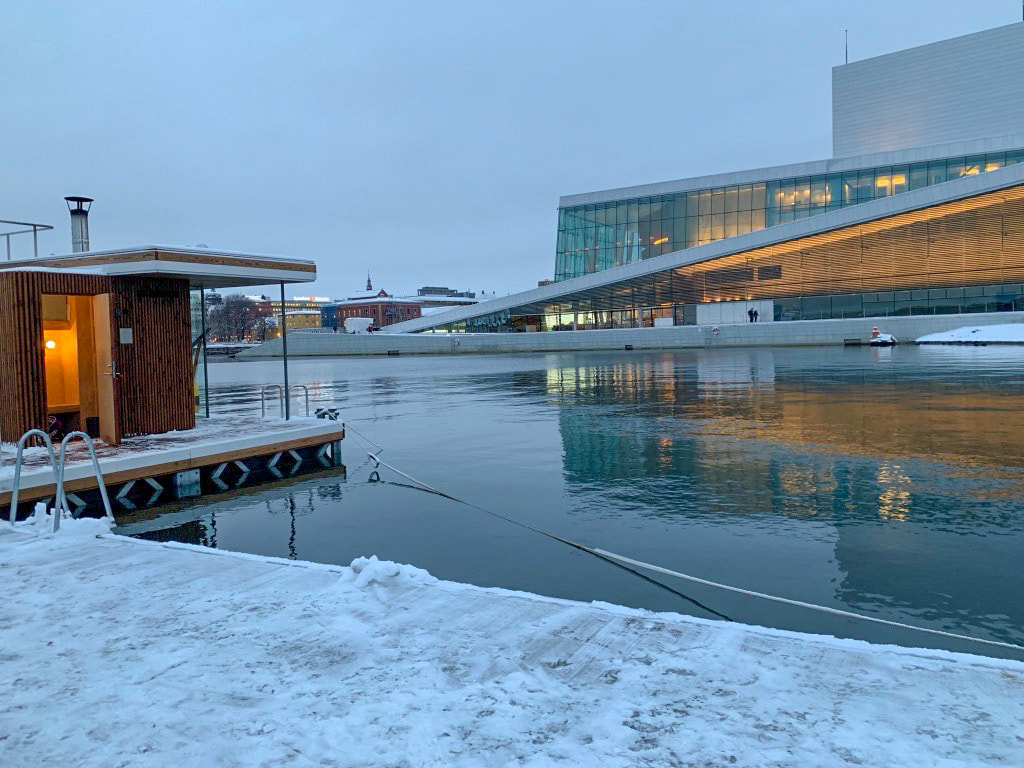
Fjord Sauna and the Oslo Opera House
Visit a Fjord Sauna and Cold Plunge
The practice of cold plunges and saunas goes back millennia and are proven to be great for your heart, circulation, energy, and metabolism. Anyone that frequents spas has probably seen an ice plunge located next to the steam and sauna rooms. While you may not be one to try this icy tradition, I have frequented many over the years in places like Whistler, Colorado and even at home in Los Angeles, but visiting a sauna in Oslo, Norway in winter is an entirely unique experience.
In Oslo these saunas happen to float; built out of recycled materials and locally sourced wood, they are built dockside over the waters of the fjord. During winter in Norway, you can visit not one, but two saunas on the Oslofjord! I visited the SørengaBadstuflåte located next to the Oslo Opera House. The sauna holds 15 people max and can even be rented out for private parties. Even though I didn’t stay in long, the whole process was a ton of fun and got me ready to take on the city.
Watch me take the plunge here!
- TIP: Avoid the crowds and visit mid-day for the best experience.
- INFO: Costs $20 for a drop in session. Bring your suit, towel and sandals.

Take a Fjord Cruise
Another great way to see the Oslofjord is to grab a seat on a fjord cruise. I boarded the Visions of the Fjord, which is a hybrid boat running on both diesel and electricity. It makes for a quiet ride through some of the most beautiful areas of the fjord. The boat takes you past many islands of colorful houses, a few fortresses, town beaches and much more.
If you happen to be visiting in December, VisitFlam also runs a Christmas cruise that stops at the surrounding areas Christmas Markets.

Go on a Photo Sightseeing Tour of Oslo
Oslo is a great walking city, and from the Oslo Central Station it’s a super short walk to the Oslo Opera House. This place is both a work of art and a great place for photos. From there, I headed up to the Karl Johans Gate, checking out many shops, historical landmarks, the city ice skating rink, the national theater, and finally, the royal palace.
It goes without saying that during winter in Norway, you go sledding, and being on vacation is no exception. Oslo quite possibly has the best city sledding options I have ever heard of. With more than a dozen sledding options (most easily reachable by public transportation), the best one is the Korketrekkeren: a 2-kilometer toboggan run. You can even take the bus back up to the top!
- TIP: Buy an OSLO PASS. The Oslo Pass gives you free entry to 30 museums and attractions, free travel on all public transport, free entry to outdoor swimming pools, free walking tours, discounts on sightseeing, Tusenfryd Amusement Park, concert tickets, climbing, ski rental, and special offers in restaurants, shops, entertainment and leisure venues.
Where to Eat in Oslo in Winter
After an exciting first day in Oslo, it was time for some much-needed food. The Mathallen Food Hall is in the Vulkan neighborhood of Oslo (the most sustainable neighborhood in Oslo). An indoor food market, it’s a real foodie’s paradise with over 30 shops, cafes, and restaurants that offer high quality dishes and products from Norway and abroad.
Here you will find items that you can’t find elsewhere in the city. We ate dinner at Hitchhiker, which was voted best street food in Oslo for the last 3 years. Hitchiker is a restaurant focused on sustainable, fresh food with worldly flavors. The tasting menu changes often and literally takes you on a trip around the world.
When I dined here, seafood was on the menu and we were offered 7 different delicious courses: Handmade udon, black pepper crab, a halibut sashimi bowl, shrimp and scallop dumplings, and a handmade vanilla and mandarin ice cream with graham cracker pop rock crust! My favorites were the udon, taco and the dessert.
If you like farm-to-table dining experiences as much as I do, you will also love Ett Bord, which translates to “one table” in Norwegian. The restaurant centers around a giant table made out of local Norwegian pine and the owner truly believes in the spirit of togetherness. They work exclusively with local and organic farms, serving a 95% organic menu that changes constantly with the weekly purchases. The chef’s tasting menu gives you a smattering of delicious and simple dishes, all served in shareable portions.
Where to Stay In Oslo in Winter
Also located in the Vulkan neighborhood is the Scandic Hotel Vulkan, which offers exceptional accommodations in a self-sustaining building. The vibe is both eclectic and hip with a welcoming and colorful lobby, fit with seating area, bar and snack shop. The rooms are well appointed with all the creature comforts you may be looking for, and the food is far superior to many hotels I have stayed in in the past. You definitely won’t want to miss the breakfast buffet! The hotel also has their own rooftop beehive (they even sell the honey) and a few of their rooms raise money for a local children’s charity in Oslo.
- TIP: Head across the street to Damestreet for some great photos in this small historic zone with colorful houses.
Visiting Alta in Winter
Hopping on another Norwegian Airlines Flight, I left Oslo and headed to Alta. Alta is the most northerly town in Norway. Located in the Arctic Circle, it has a young and thriving population. It’s a great place to see the northern lights as well as try out many different winter activities. The city is in the process of becoming a certified sustainable destination. As a history lover, I was excited to find out about rock art carvings in Alta that date back to more than 4200 BC and are part of a UNESCO World Heritage Site.
In the winter, Alta is framed in a brilliant blue light that is so distinctive of Finnmark. The blue season in Alta lasts from November to January, when daylight ceases and polar night rules. During winter nights in Norway, you can often see the aurora borealis dancing across the skies. The world’s first northern light observatory was actually built here at the end of the 19th century. To learn more about the northern lights and what they are, I headed straight to the Northern Lights Cathedral.
Free to enter and open to all, this cathedral has a basement exhibit all about the aurora borealis with scientific and historical facts and games. They also have a waffle and coffee cafe (something I think American churches should adopt). Waffles are a Norwegian tradition and after a cold day, the warm, sweet bread dolloped with jam and cream were just what I needed.

Things to Do in Alta in Winter
Norway checked off so many life long #bucketlist moments for myself and my traveling companions. One of those was dog sledding!
Go Dog Sledding
Arriving at the most perfect winter cabin, we met Trine Lyrek. She and her husband run a bed and breakfast adventure outfitter called Trasti and Trine where you can dogsled, hike with huskies, search for the northern lights, and eat delicious farm-to-table food cooked up by her husband Johnny, who was once the executive chef at Sorrisniva. He cooks up local specialties like moose, reindeer, ptarmigan, bear, and lots of fish.
I am normally very leary about animal experiences and like to do my research to make sure the animals are raised ethically and treated with love. This was definitely the case at Trasti and Trine! Trine spent 7 years in Alaska racing in the Iditarod and other long-distance dog sled races before returning to Alta with Johnny. The love she has for the dogs shows loudly with how happy and friendly they all are.
A unique part about dog sledding with Trasti and Trine is that we got to actually harness up our dogs to our sleds. After getting dressed in some provided snow suits, we were handed a list with a few names on it and sizes. These would be our dogs for the trip and we were to find them and harness them up to our sleds.
My sled companion and I had 4 dogs. We started with our biggest dog, Bacon, who would anchor the pack. He was sweeter than I ever could imagine. After a few minutes of tangling and untangling the dogs we were off—full MUSH ahead!
The sleds operate with two foot brakes, and we were told whatever you do, make sure you brake going downhill. I think we all know what happens if you don’t! With the dogs eagerly running as fast as they could, we sped through the woods in the polar night. Taking turns as both passenger and musher, I got a real taste of what long distance travel by sled would be like.
- INFO: Staying at Trasti and Trine starts at just $75 per night.
- TIP: More great experiences in Alta can be booked through North Adventure Alta. Some of my favorites are skiing under the arctic night and ice fishing for salmon and Arctic Char.
Stay at the Sorrisniva Ice & Igloo Hotel
Located in Alta is the absolutely enchanting and unique Sorrisniva Ice and Igloo Hotel. Created by nature, spending the night here is truly a bucket list experience. The most northerly ice hotel in the world, it is built every year out of ice and snow. Created by local artisans from the surrounding countryside, it is absolutely incredible.
I was lucky to be visiting on the 20th anniversary, which meant an evening of fireworks and celebration. I had never slept in an igloo, let alone one that literally had a chapel, ice bar and sculpture garden within it! Every year the hotel has a different theme, and this year it was International Fairy Tales. There are more than 20 themed and non-themed rooms in the hotel with beds made completely out of ice and snow. Covered with a few layers of animal hides, they are surprisingly comfortable.
To stay warm in the frozen castle, I was given two sleeping bags and warned of morning rosy cheeks and noses. The hotel also has a huge main building with lockers, showers, sauna, hot tubs for private rental, and a restaurant and bar. The restaurant is in a beautiful post and beam dome and serves fantastic local food like arctic char, reindeer and king salmon. You may even be rubbing elbows with some hifalutin guests like Jeff Bezos or the King of Norway, who both visit from time to time.
The hotel focuses on nature-based tourism, and I loved how seamlessly it blended into the snow covered landscape.
- TIP: Book a day tour for just $25, during which you can visit the ice bar or grab a hot drink in the lobby bar.
- INFO: Rooms are between $275- $350 per night, per person
Surprisingly, I slept in more than I would have imagined in the cold confines of my Beauty and the Beast-themed room inside Sorrisniva. After a breakfast of waffles and cloudberries, I hurried to get ready so I wouldn’t miss the opportunity to take photos in the two hours of light we would have that day. Cloudberries are a native berry in Northern Norway and picking them is illegal to non-residents of the north. A delicious and unique fruit, they have a taste that reminded me of lingonberry and raspberry.
But before I knew it, it was time to depart for the next leg of this adventure. Our van speeded over the icy roads, chasing the setting sun as the short hours of daylight quickly faded away.
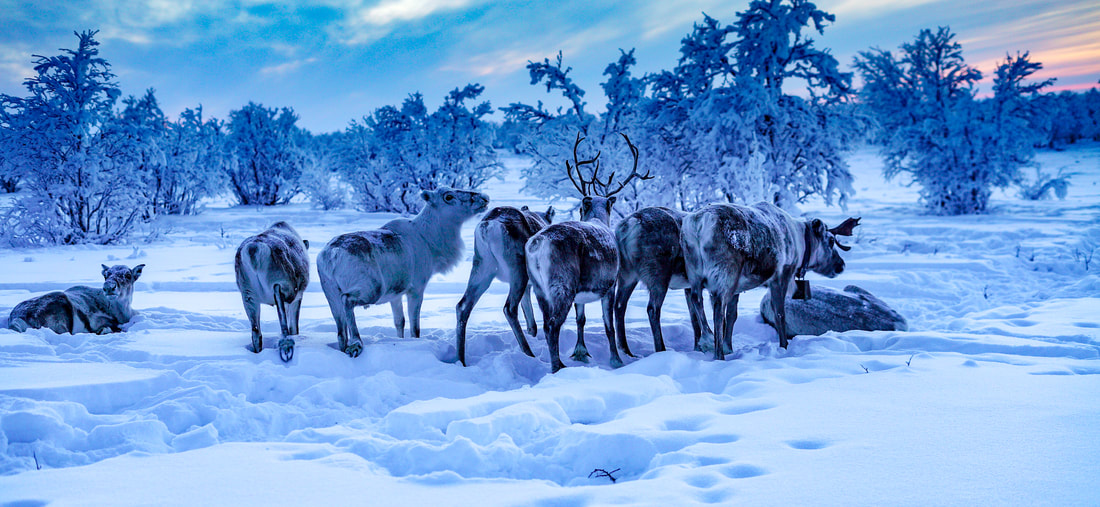
Herd Reindeer with Visit Natives
At just 2pm, the day turned to polar night as we pulled into a cabin to meet our Sàmi guide for some reindeer herding. Much like American Native Americans, the Sàmi are an indigenous group that have been living in the arctic regions of Norway, Finland, Sweden, and parts of Russia for hundreds of years. Known to make livings in a variety of land-based activities, they are most well known for the practice of reindeer herding. About 2800 of them remain in modern day Norway, and my next few days would be spent experiencing their traditions as part of a homestay with Visit Natives.
After a brief introduction with Nils Sara and a hot cup of coffee, a large bag of clothing was thrown on the floor with snow suits, hats, mittens, and gloves galore. We were told to dress in as many layers as possible for the next leg of our journey. Already wearing long underwear, fleece pants, and snow pants, I pulled on a snow suit, reindeer fur hat, and wool poncho over my jacket.
We loaded our bags onto a sled and wobbled our way into several rows of seats on a sleigh that would be pulled by Nils and his snowmobile. With thigh deep snow, our sleigh, now weighed down by six snowwomen, didn’t even budge. But a few heaves and hoes later, we were off into the dark winter landscape of Finnmark for quite possibly the coldest ride of my life.
For 90 minutes we traveled through the tundra, leaving the roads of civilization far behind us. I’d love to tell you here about what the landscape looked like, but I had my eyes closed for most of the journey. Iced over by my breath, my goggles were useless, and I was so cold! To get through, I meditated and imagined the warm sun hitting my body as I lay on a beach. One imaginary sun tan later, we finally sped through some wire gates that meant we were entering Nils’ land and the cabin we would be staying in for the next few days. Nils’ cabin is rustic and completely off-grid.
Arriving to the cabin I was quickly elected to help Nils chop some wood for the wood-fired stove that sits in the cabin. It’s the sole source for heat in his 3-bedroom house.
Our first order of business was meeting two of his young reindeer, who were a few hundred feet from the cabin tied to a tree. These two reindeer, one white and one brown, were going to be domesticated so Nils could have them help around the property. Still unsure of people, we offered them pellets and walked them on their leads. Nils said it would take them just 2 weeks to become accustomed to people and able to walk like a dog on a leash.
The Sàmi have lived in the Arctic region for hundreds of years, subsiding off the land. Their diet consists of reindeer, fish, berries, and other game meats. That first evening, we headed into the lavoo—a structure much like a teepee that traditionally the Sàmi have lived in while herding.
Inside the lavoo, we started a small fire and strung up some large sections of reindeer meat, which Nils had cured earlier in the year. The meat would be smoked for 6 or so hours over the low burning fire and prepared for our dinner the following night.
We cooked up some arctic char that Nils had caught in the nearby stream before the land was covered in snow. That evening we also met Nils’ wife, Oddbjorg, and 3 of their 4 children who came in late in the evening after finishing school in their village a few hours away. His wife and children spend the week in town where Oddbjorg works as a teacher in the reindeer husbandry school.
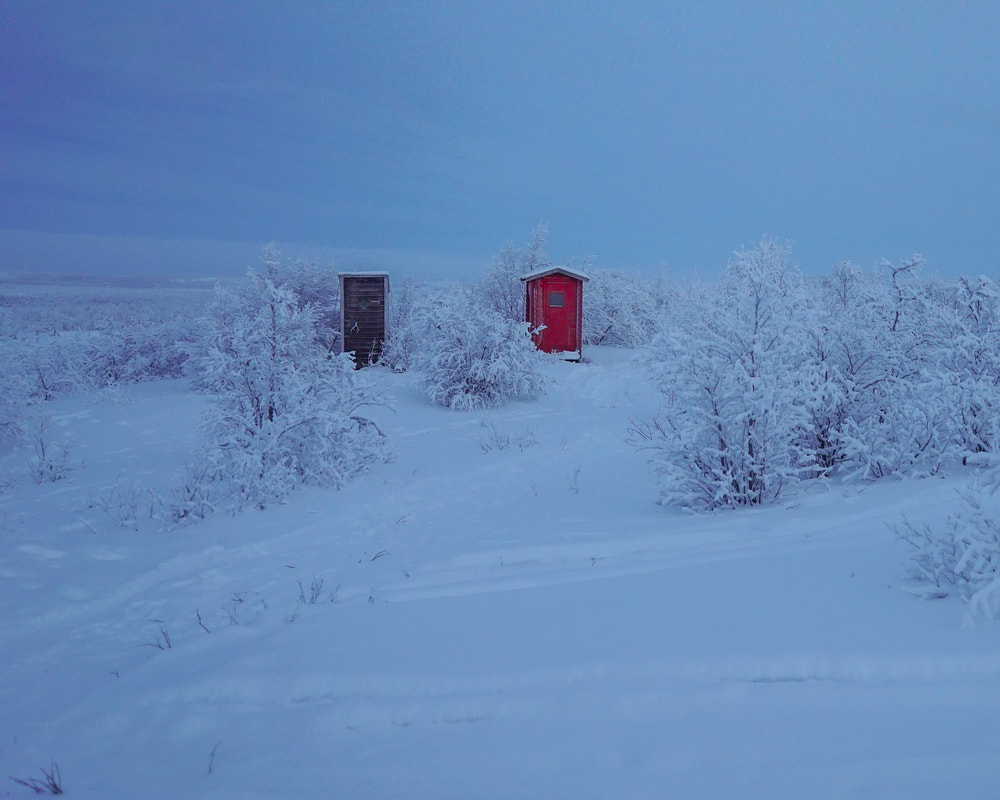
Al Fresco Bathroom in the Arctic
Waking in the morning, I stalked the fire with wood and headed outside for a bathroom break. Did I mention the outhouses are located about 100 meters from the house? That means bundling up in snow pants and mittens for any trips to the john. With Nils out with the herd and family still asleep, we were on our own for breakfast, heat, and power.
A kettle sits on the stove around the clock, offering hot water for tea, cocoa, and coffee at any time of day. Cowboy coffee on the stove, I headed back outside to start the generator since I was the only one who knew how to start one. Fifteen minutes and dozens of cranks later, I finally got the lights on in the cabin, and was greeted with a selection of breakfast items, my favorite being Norwegian pancakes (which are much like crepes) and some homemade cinnamon bread.
Nils had already checked the herd that morning and now it was our turn to meet his more than 700 reindeer. Speeding through knee deep snow, I sat on the back of a snowmobile as we drove through the tundra. It was one of the first days the sun had come out in months.
Now seeing the tundra for the first time in light, the deep snow covered everything in a blanket of white. The monotone colors of the snow were backdropped by a pink and orange sky. During the few hours of light, the sun just barely crossing the horizon is stuck in a mixing of rising and setting. It was one of the most beautiful things I have ever witnessed.
We drove on for some 40 minutes. My hands, ungloved to fly my drone, had already lost feeling in the far below-zero temperatures of the Arctic Circle. Shooting video in the arctic is a whole other level of skill, which I will talk more about in another post.
Aerial Reindeer Photography in the Arctic Circle
Coming around a bend, I at first just saw just tiny specks on my monitor—on a summer day, these would have blended in well with the landscape. And then they were all there; hundreds of reindeer, sometimes in perfect lines following in each others footsteps, other times leaping and bounding out of the way of our sled. Nils tends to his herd almost every day of the year. In snow or rain, sunlight or night, it is a tradition that has been passed down by his father, and from his father’s father and so on for as long as they know.
Drone still in the air and camera in hand, we sped through the trees, herding the reindeer back into one group. The deep snow was a bit much for our sled and we soon found ourselves face first into a soft pile of snow. Thanks to Lia from Practical Wanderlust, our sled crash can be watched again. The sled was bruised but not broken, and after some slight modifications, we were back in motion.
Capturing photos of the reindeer was not easy. Between the 6 of us we were down to just two cameras, most of us having frozen lenses, fogged glass, or both. My iPhone was working fine and with a backup lens on my camera, I happened to get a handful of shots before the herd scurried off.
Later in the evening, I sat down and showed Nils and his family some of the footage I shot on my drone. The pride and happiness in their faces to see their lifeblood from a new perspective was truly priceless.
After the dying of the light, we headed to the cabin to cook the reindeer meat we had smoked the night before. Chopped and boiled with butter, the lean meat was served up with potatoes, Nils favorite. The evening ended with stories and joiks in the Goatee, a yurt-like structure that has been a traditional home for the Sàmi, made out of branches and animal skins and warmed with a WWII era stove.
Nils and Oddbjorg told us much about their traditions that night as we sat around the fire. They also told us how climate change has changed their ways of life as the planet warms—endangering their way of life and the culture and traditions that they have protected for so long.
Joiks, pronounced like yoik, are traditional chants that the Sàmi have been using for hundreds of years. Originating years before, they are a way to calm the reindeer and scare off predators.
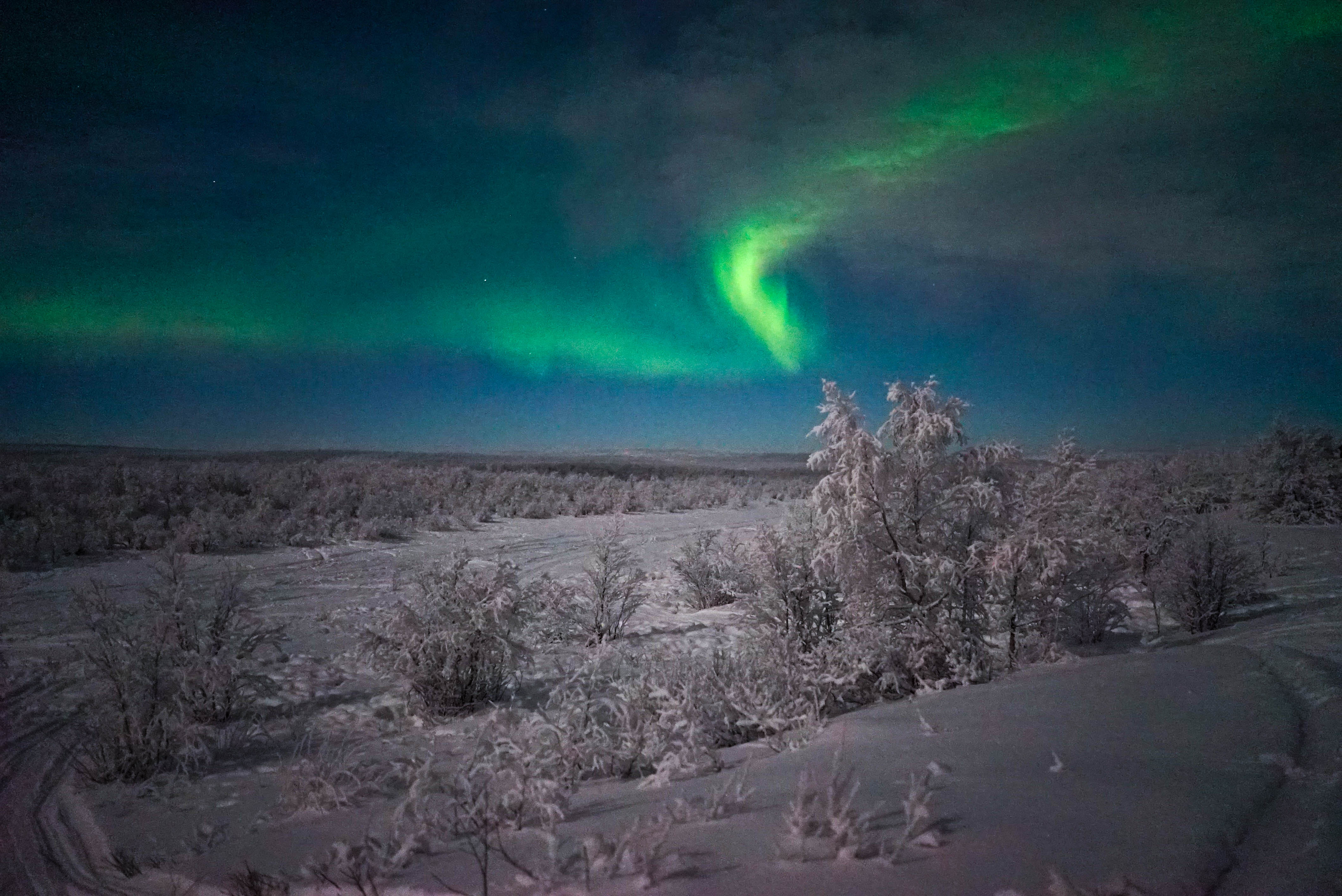
See the Northern Lights
Just before turning in for the evening that night, the last check on my Norway bucket list was filled in. With a random snap of a camera lens, we saw the dancing light of the aurora borealis. Almost invisible to the naked eye, it shines with a glowing green brilliance from the monitor of my camera.
For 30 minutes I stood in the freezing night, clicking and adjusting the settings on my camera, just hoping to get one incredible photo of this natural phenomenon before it danced away. Truth be told, I have no idea what I’m doing when it comes to night photography, but I did manage to get that one photo after all.
The next day, we returned to civilization and along our journey back by sled, we happened upon a neighboring reindeer herd. The days were now getting slightly longer and each one passing had become prettier than the day before. The sky was like an eruption of cotton candy for as far as I could see. The herd ran alongside us for what seemed like miles, dancing and prancing in the whitest of snow with the pink and purple horizon. It seemed like something out of a fantasy and far from real life.
Want to Herd Reindeer During Winter in Norway?
VisitNatives has several trips throughout the year with Nils and his family, where you can learn about the traditions, culture, and practice of the Sàmi. VisitNatives works to help us better understand indigenous cultures and respect the fragile ecosystems that they protect. You can join Nils throughout the year at his winter or summer cabin or during one of the reindeer migrations. Visit Natives also offers home stays with the Masaai in Tanzania.
SAVE IT SHARE IT
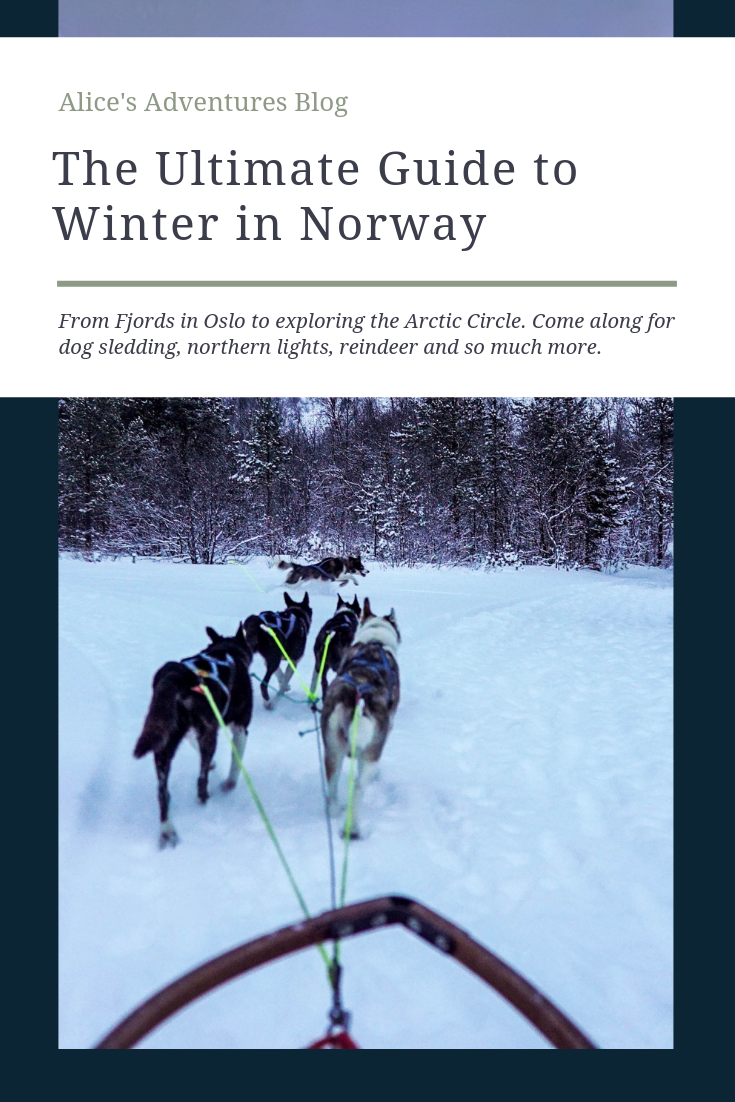
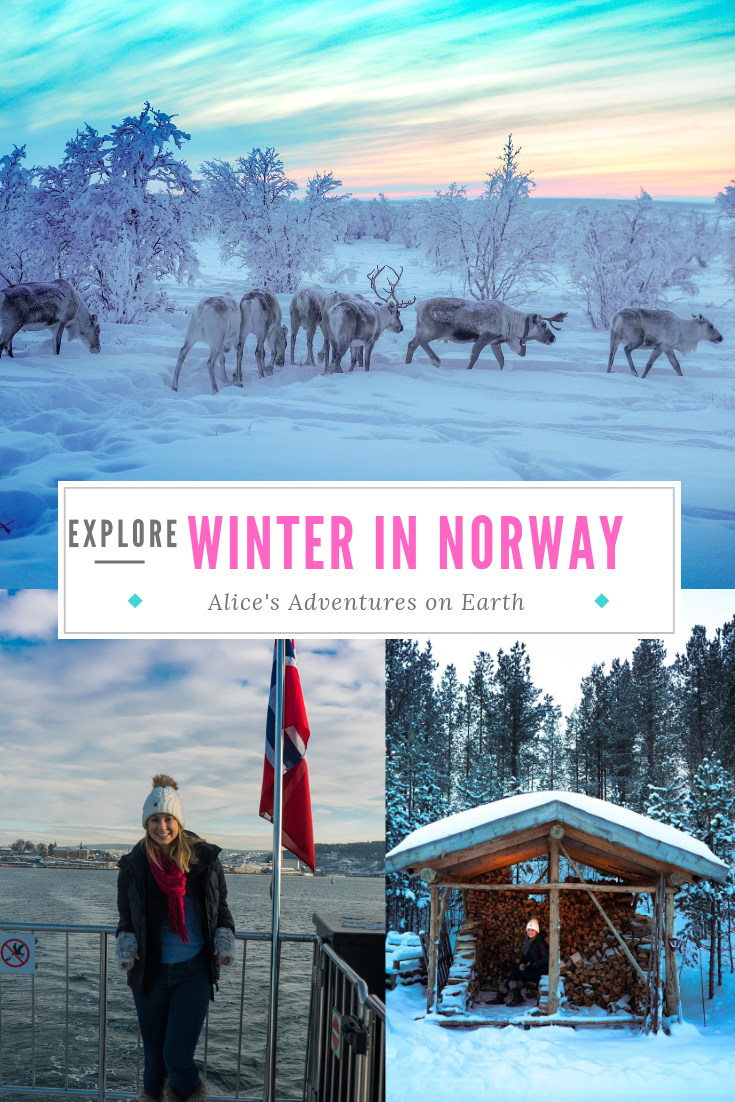
Check out more great content.
My Week as a Whale Scientist in the Azores with Biosphere Expeditions
The Azores are one of the worlds best places to see whales and dolphins. Several long term studies on baleen whales, and sperm whales have also taken place in this island chain. Explore the island of Faial on this conservation focused volunteer trip to help scientist Lisa Steiner with a Photo ID project spanning decades in hopes of learning more about whales.
8 Winter Activities to Do in Banff National Park
In the winter, Banff National Park will transport you to a frozen wonderland of winter fun and adventure. From skiing and snowboarding to snowshoeing, ice skating and dog sledding, Banff is the perfect winter destination for endless outdoor adventure, great dining, and unique opportunities for sightseeing. Banff is located just 90 minutes from Calgary and can be reached easily by car or shuttle. Here are 8 winter activities to do in Banff National Park!
10 Reasons to Travel to the Azores for Your Next International Trip
One of my favorite lesser known spots to visit in Europe these 9 islands are full of hiking, hot springs, tea plantations, stunning cliff sides and unique food and wine. Not to mention the fantastic eco hotels and lodging options, the Azores are sure to take your breath away.
Do you have a Norway Bucket list?

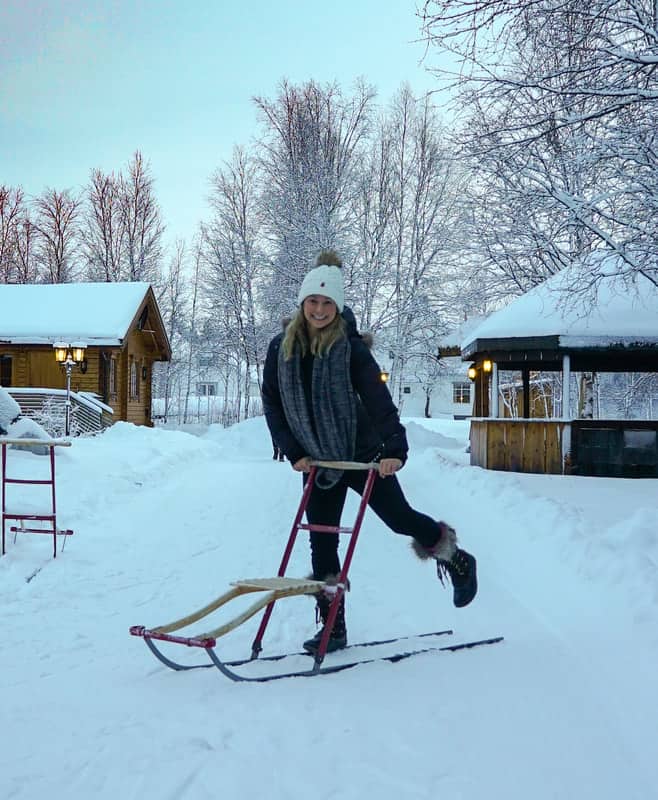



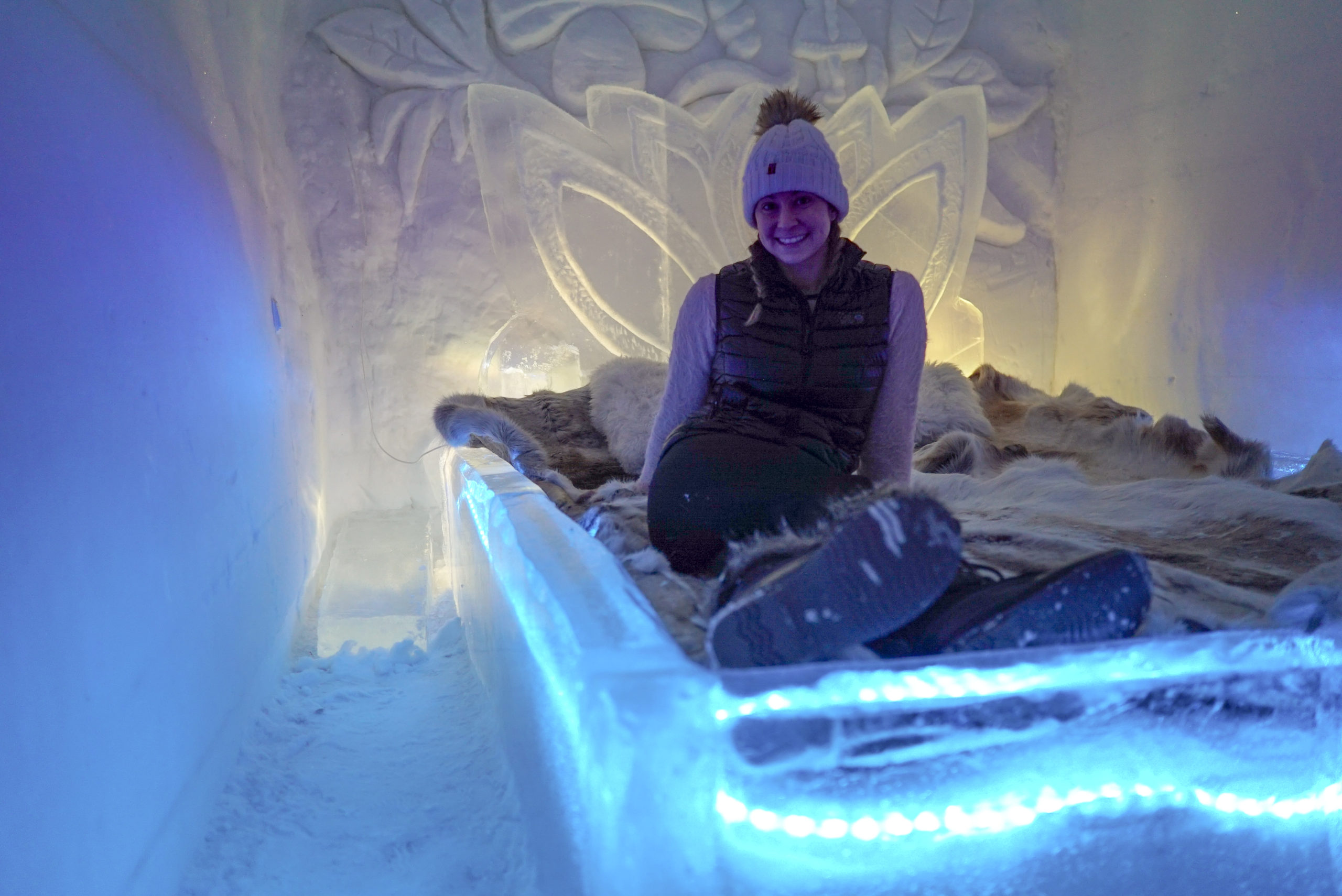
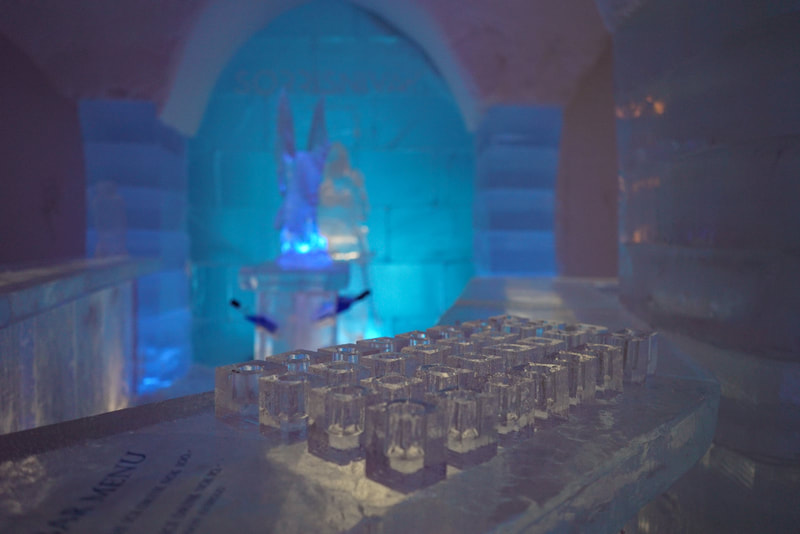
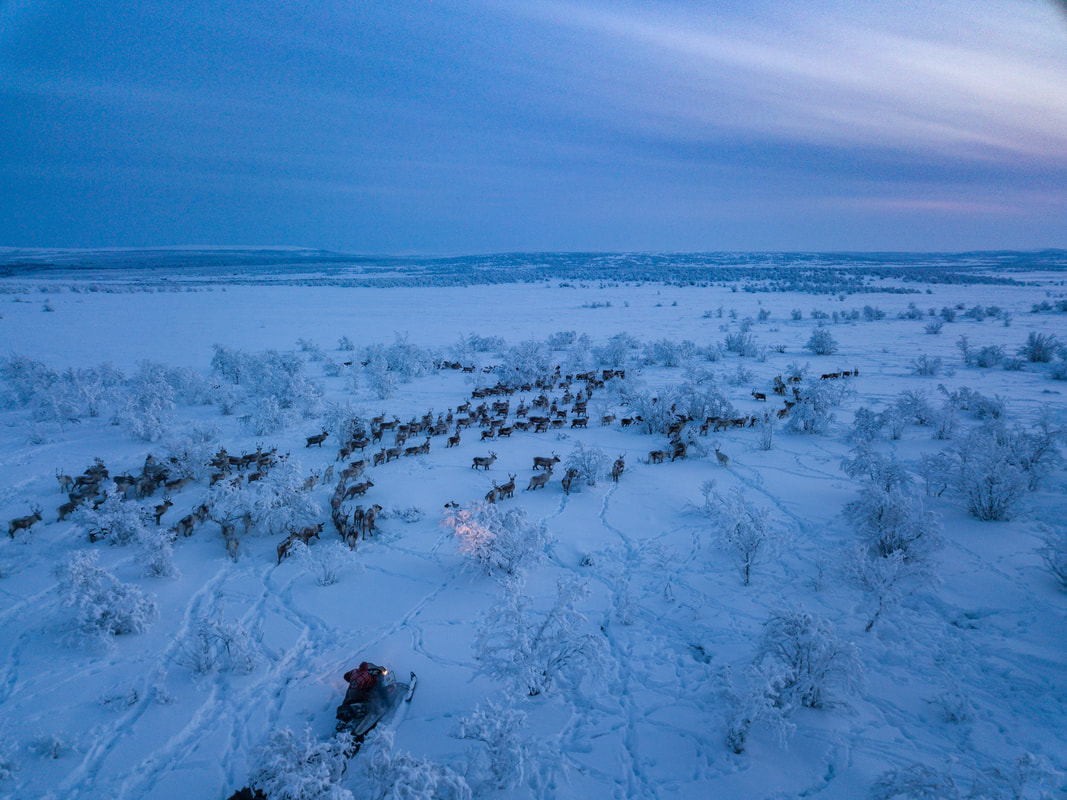


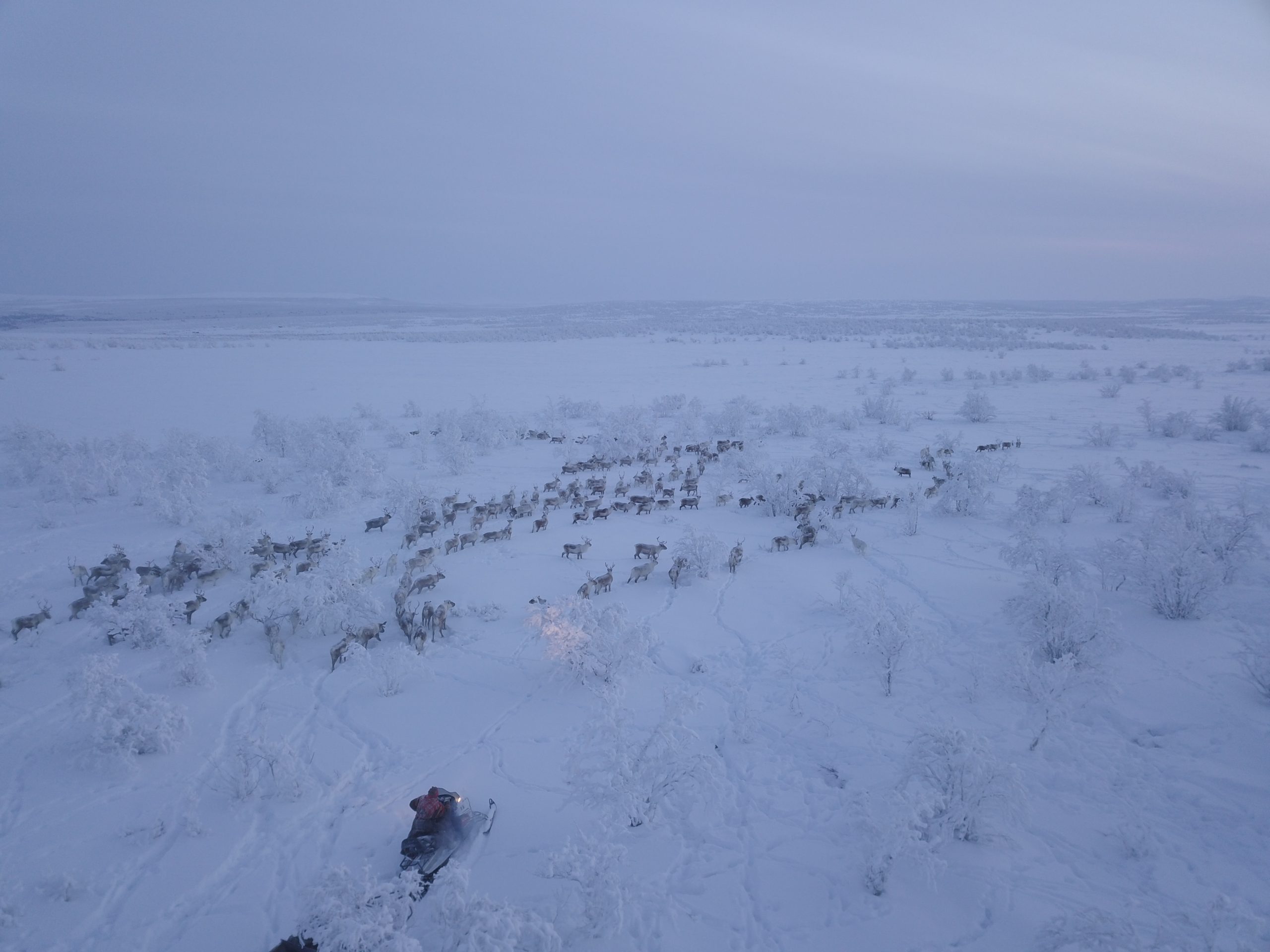
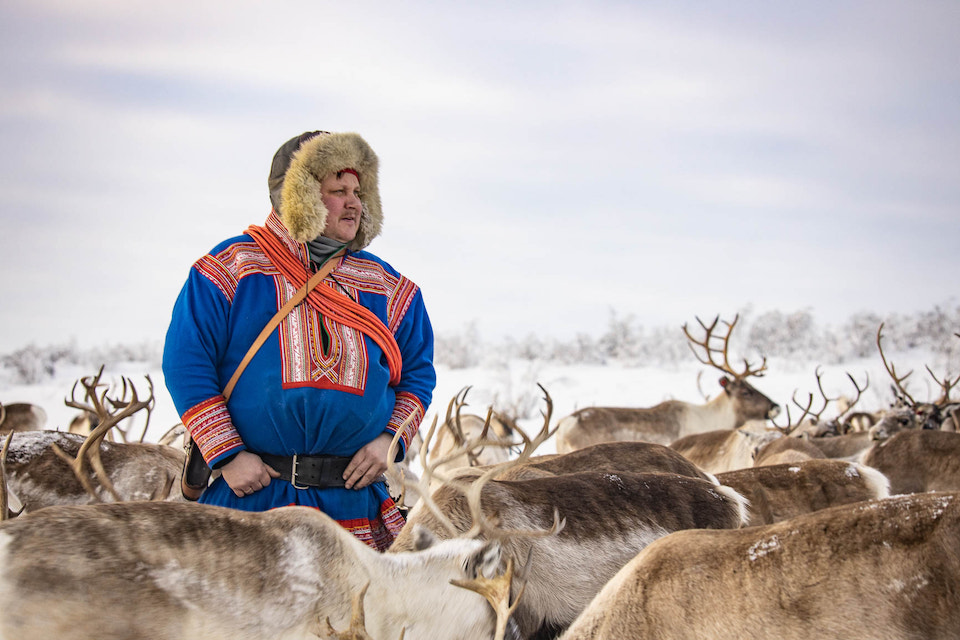
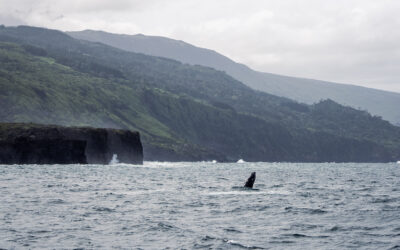
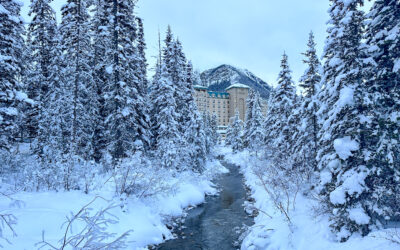



Just WOW! This winter is really magical. I wold love to visit Norway to have such an extraordinary experience.